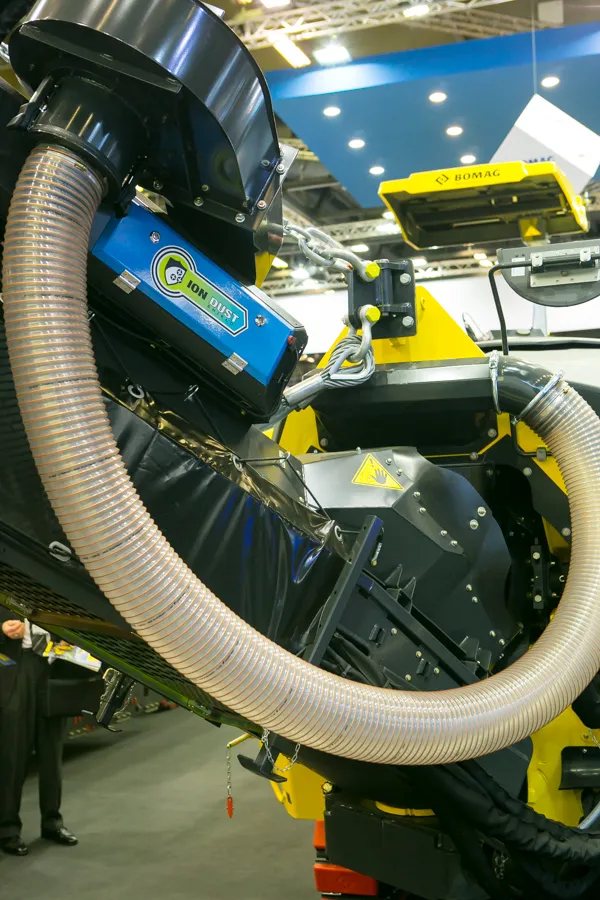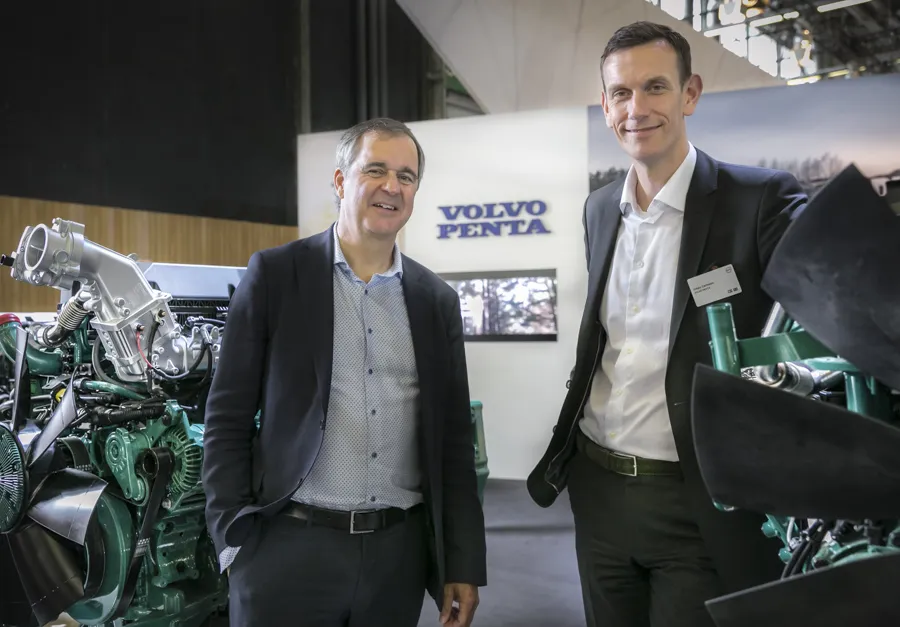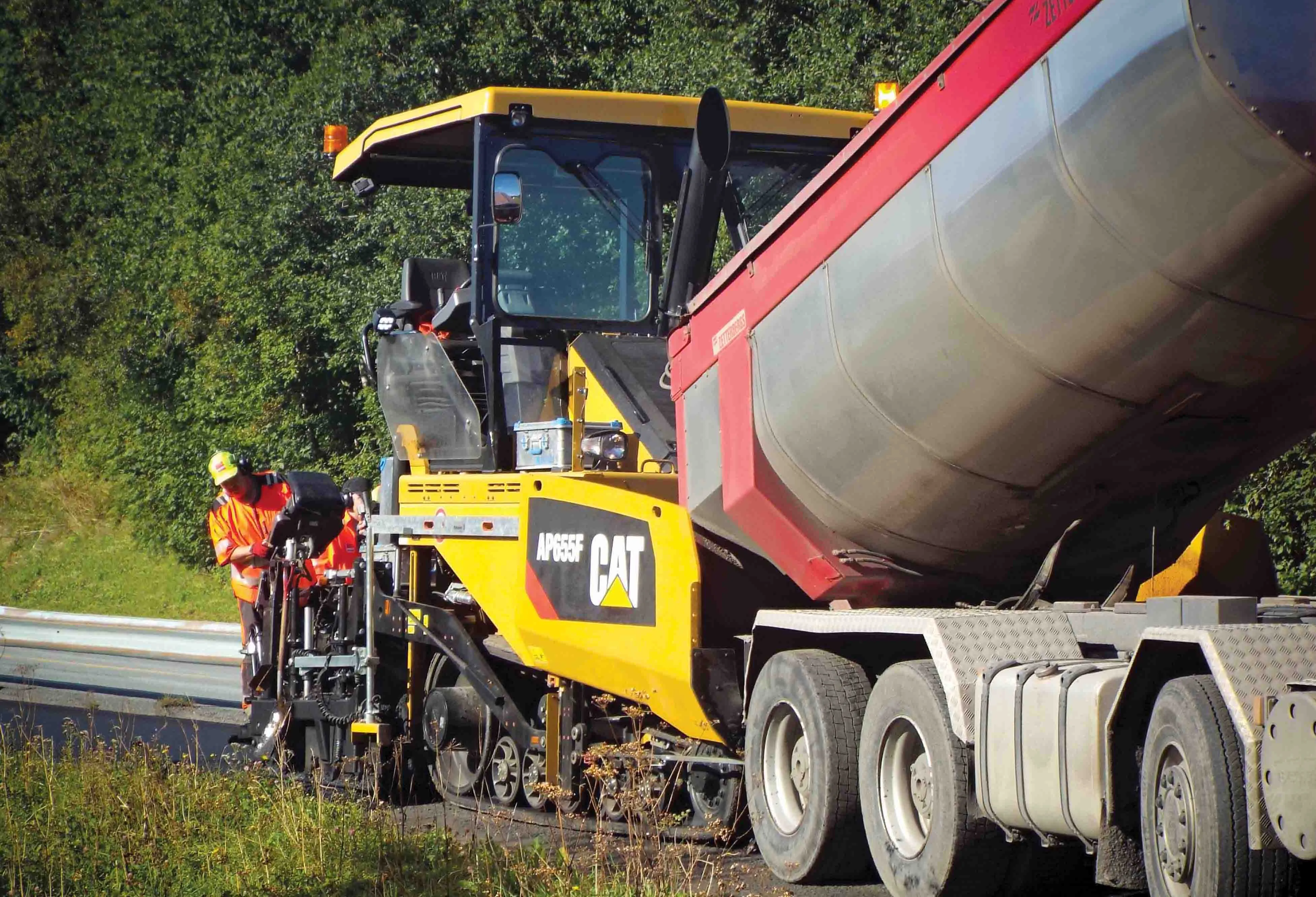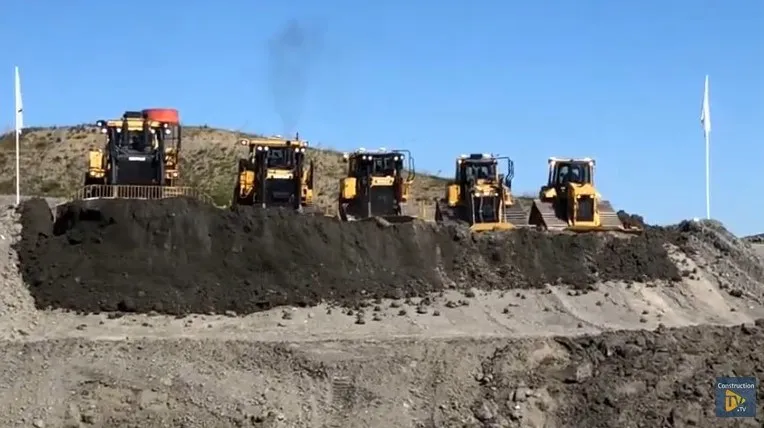
According to Jonathan Stringham, vice president of marketing at BOMAG: “If you look at the milling process, it’s another emitter of fine dust.”
He said that existing dust control systems remove dust from the working area around the operator, but then blow the fumes and dust forward of the machine away from the crew.
The new BOMAG Ion Dustshield, however, has been designed to clean up the whole working area around the milling machine, making it suitable for urban job sites.
The package works by positively charging the very fine dust particles, which then “clump together and form into much larger particles,” says Stringham.
These much larger particles can then be collected easily and removed. The system operates without filters so needs minimal maintenance and BOMAG believes that it can remove 80% to 85% of the dust emissions from the milling process.
The new system will be first available on the BM 1000-35 milling machine because this 1m class unit is popular for urban duties where minimising dust is of great importance.
The package will also be offered on larger machines such as the 2m class units from BOMAG in the future.









